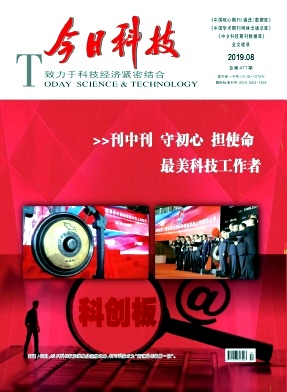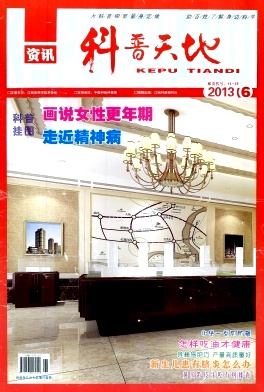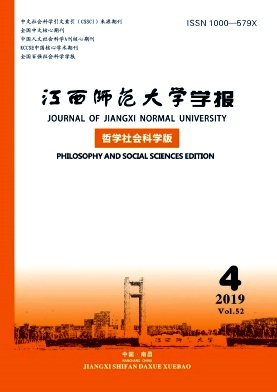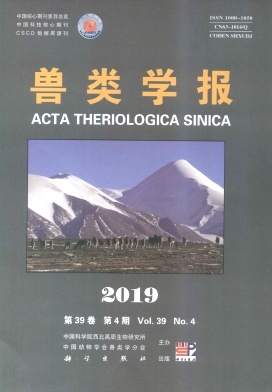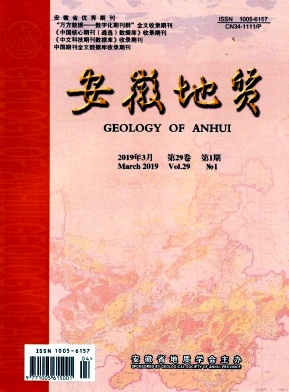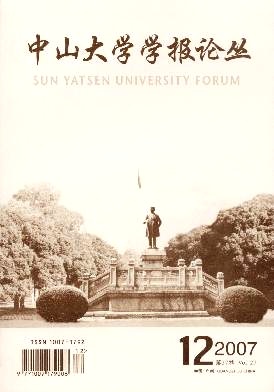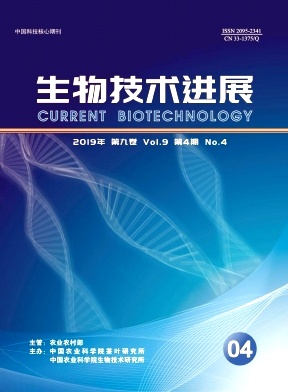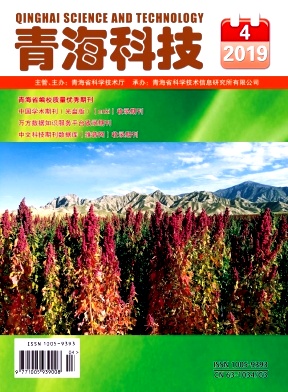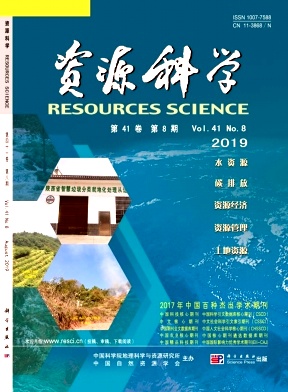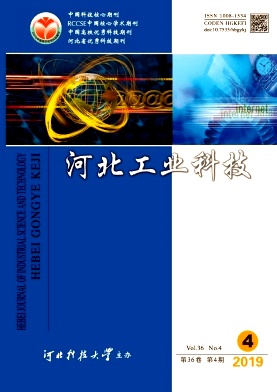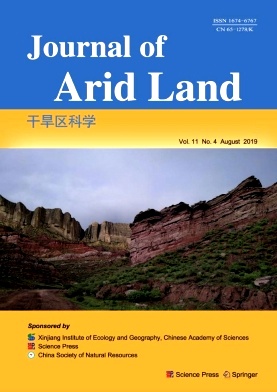
- 影响因子:
- 出版文献量:
- 总下载次数:
- 总被引次数:
Journal of Arid Land
CSCD核心期刊Journal of Arid Land
Journal of Arid Land杂志由中国科学院主管、中国教育学会;中国科学院新疆生态与地理研究所;科学出版社; 主办的地质学CSCD核心期刊,双月刊,该刊创办于2009年,审稿周期最快1-3个月。
- 主管单位:中国科学院
- 学科:基础科学
- 专业:地质学
- 主办单位:中国科学院新疆生态与地理研究所;科学出版社;
- 出版周期:双月刊
- 出版地区:新疆
- 国际刊号ISSN:1674-6767
- 语言:英语
- 出版社:科研院所类
- 国内刊号CN:65-1278/K
- 创刊:2009
- 曾用名:Journal of Arid Land
- 邮发代号:2-419
- 邮编:830011
该刊被以下数据库收录:
-
1
沟通需求
-
2
确认期刊
-
3
支付定金
-
4
完成服务
-
5
支付尾款
《Journal of Arid Land》(简称JAL)是中国科学院新疆生态与地理研究所和科学出版社联合主办、科学出版社出版的自然科学综合性学术季刊。 《JournalofAridLand》刊登干旱和半干旱地区水、土、生物、气候等自然资源变化及其大气圈、水圈、生物圈、岩石圈之间的相互作用和与人类活动的关系,干旱和半干旱地区地理、生态和环境格局及生态建设和环境保护,干旱和半干旱区域对全球变化的响应与反馈机制等原创性、综合性、理论性和实用性的研究成果. 《Journal of Arid Land》本刊还开展中亚地区资源环境、生态安全及区域可持续发展的国际学术交流;同时刊登上述方面的研究评述、快讯、学术动态及本领域重要参考书书评等。本刊主要设有学术论文、专题评述、研究简讯、学术动态、书评等五个栏目,以国内外从事干旱区自然地理、生物、土壤/土地资源、环境、气候、水文水资源、社会科学等方面研究的专家学者,以及这些领域教学和学习的大专院校的教师和学生为读者对象。 《Journal of Arid Land》于2009年第四季度创刊,目前,在国际上被俄罗斯《文摘杂志》(AJ)VINITI数据库、波兰《哥白尼索引》(Indexof Copernicus,IC)和美国《乌利希期刊指南》(Ulrich’s Periodicals Directory)收录,在国内被《中国核心期刊(遴选)数据库》、《中国学术期刊网络出版总库》收录,并在《中国科技期刊网》、《中国科学院科技期刊开放获取平台》、《干旱区科学》域名网站等网络平台上全文发布。
Keywords: Immediately after the abstract, provide 3 to 7 keywords, closely related to the subject of the article. Avoid general and plural terms and multiple concepts (e.g., 'and', 'of').
Introduction: Provide an adequate background. State the significance, objective and method of the research, citing necessary references, especially references of work published in the last two to three years.
Study area/materials and methods: Introducing a general idea of the study area or experimental setting, the materials and methods used and the basic progress of the study. Provide sufficient detail to allow the work to be reproduced or substantiated.
Methods already published should be indicated by a reference.
Results: Relating the findings and results of the observation(s) and experiment(s) without interpreting their meaning. Results should be clear and concise.
Discussion: Explaining all of your observations within your experiment(s). Exploring the significance of the results, but do not repeat them in the text. Stating whether each of your hypotheses are supported, rejected or if you cannot make a decision with confidence, and suggesting future studies or modifications to the same study.
Conclusions: Presenting main conclusions of the study that may stand alone or creating a discussion subsection.
Acknowledgements: Acknowledgements should include, if applicable, information on grants received, funding organizations, and/or recognition of people who assisted in the research or article.
References: Please cite a reference to acknowledge sources of information from others’ research and results. Ensure that
every reference cited in the text is also present in the reference list. Citation guidelines are as follows: as (Smith, 1998) for single author, as (Smith and Miller, 1999) for two authors, and as (Smith et al., 2006) for three or more authors. Groups of references should be listed first chronologically, then alphabetically. In the reference list, references should be arranged first alphabetically, then chronologically, if necessary. More than one reference from the same author(s) in the same year must be identified by the letters "a", "b", "c", etc., placed after the year of publication. Journal names should not be abbreviated.
Reference examples:
Articles: Ames R N, Reid C P P, Porter L K, et al. 1983. Hyphal uptake and transport of nitrogen from two 15N-labelled
sources by Glomus misseae, a vesicular-arbuscular mycorrhizal fungus. New Phytologist, 95(3): 381−396.
Monograph: Lambers H, Stuart Chapin ΙΙΙ F, Pons T L. 2008. Plant Physiological Ecology. 2nd ed. New York: Springer Science+Business Media, 56−64.
Proceedings: Bernstein N, Kafkafi U. 2002. Root growth under salinity stress. In: Waisel Y, Eshel A, Kafkafi U. Plant Roots,
the Hidden Half. New York: Marcel Dekker Press, 787−805.
Electronic reference: UNESCO World Heritage Centre. 2008. Operational Guidelines for the Implementation of the World
Heritage Convention. Paris: UNESCO World Heritage Centre. [2009-11-17].
学术论文 专题评述 研究简讯 学术动态 书评

投稿咨询
全流程跟踪审核进度,优化流程,处理售后。

期刊推荐
正规杂志,匹配度高、性价比高、成功率高。

进度管理
全流程跟踪审核进度,优化流程,处理售后。
-
请问你们是Journal of Arid Land杂志社吗?
我们并非Journal of Arid Land杂志社,而是一家专门从事杂志咨询和投稿咨询的服务机构。我们并非任何杂志的官方网站。如果您希望直接向杂志社投稿,请与相应的杂志社联系,中国科学院新疆生态与地理研究所;科学出版社; ,邮编:830011。
-
不成功可以退款吗?
我们始终在提供任何服务之前与客户进行详细的沟通与确认。如果由于我们未能在约定时间内完成与客户确定的服务,我们将全额退还客户已支付的费用。如果客户单方面中止订单,我们将无法提供退款。
-
着急用刊,速度能否更快一些?
在大多数情况下,我们的服务能够满足大部分用户的需求。然而,如果客户有特殊需求需要我们与杂志社进行紧急协调和安排,并且确定可以安排,我们将会收取一定的加急费用。建议您提前告知我们您的需求,以便我们能够更好地为您服务。
-
我可以跟踪进展情况吗?
当然,我们将通过短信或电话主动与您联系,向您汇报项目进展情况。您也可以随时拨打您的客服老师的电话,以及我们专门设立的投诉电话,以便及时反馈您的问题或意见。
-
害怕付款之后服务态度不好?
尽管我们的客服团队每天面临各种不同的需求和问题,但我们始终致力于尽我们最大的努力来满足您的需求。我们珍视每一次为您服务的机会,如果您对我们的服务或响应感到不满,我们深感抱歉。我们鼓励您随时提出问题或建议,我们将竭尽全力为您提供满意的解答和服务。
-
你们网站有什么保障?
随着各种网站和平台的不断涌现,骗子也日益增多。我们公司实体注册,实体办公,网站经过国家工信部备案,信息公开可查。我们制定了严格的信息安全管理制度,以确保在合作过程中客户信息的安全。我们只致力于提供高质量的服务。
